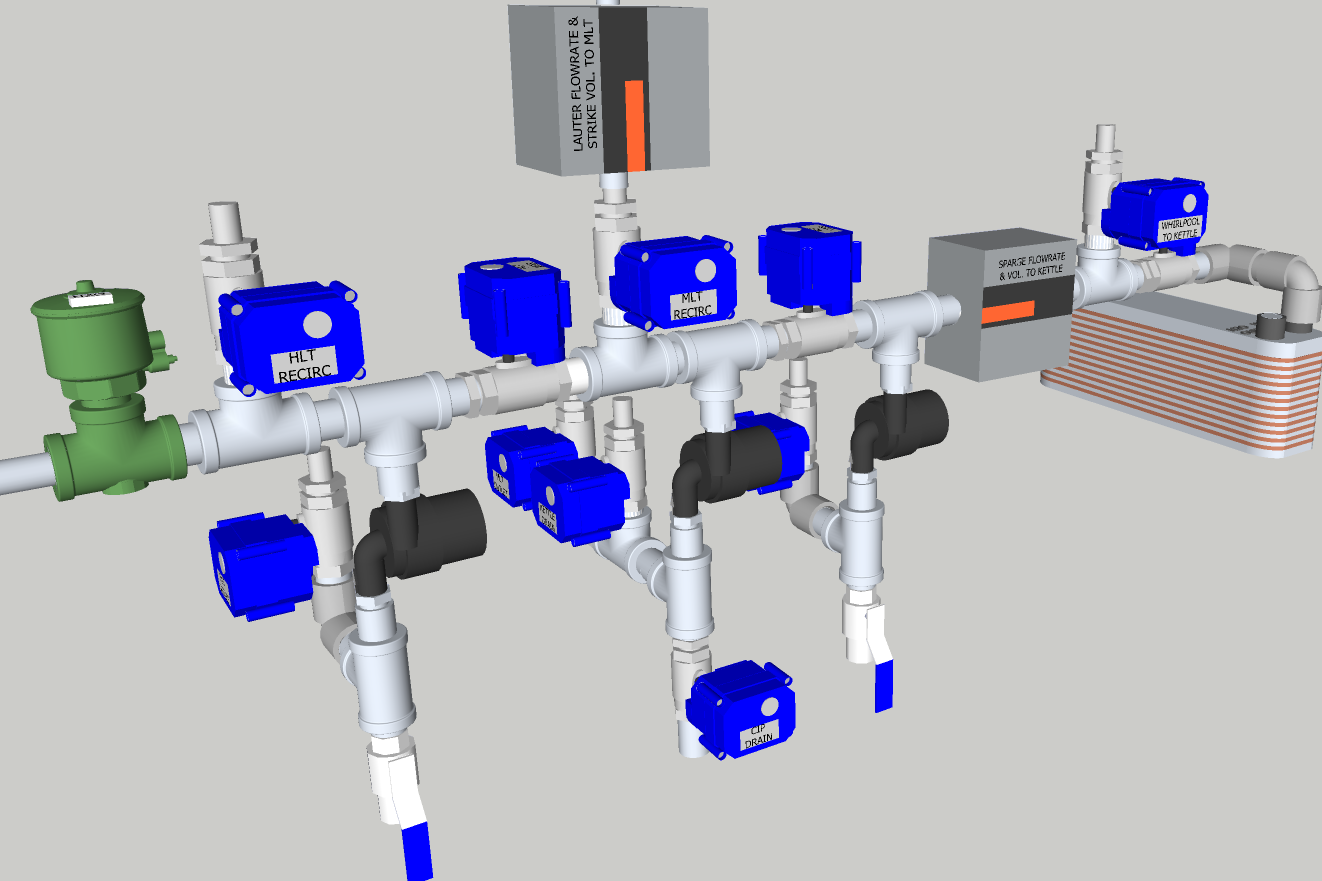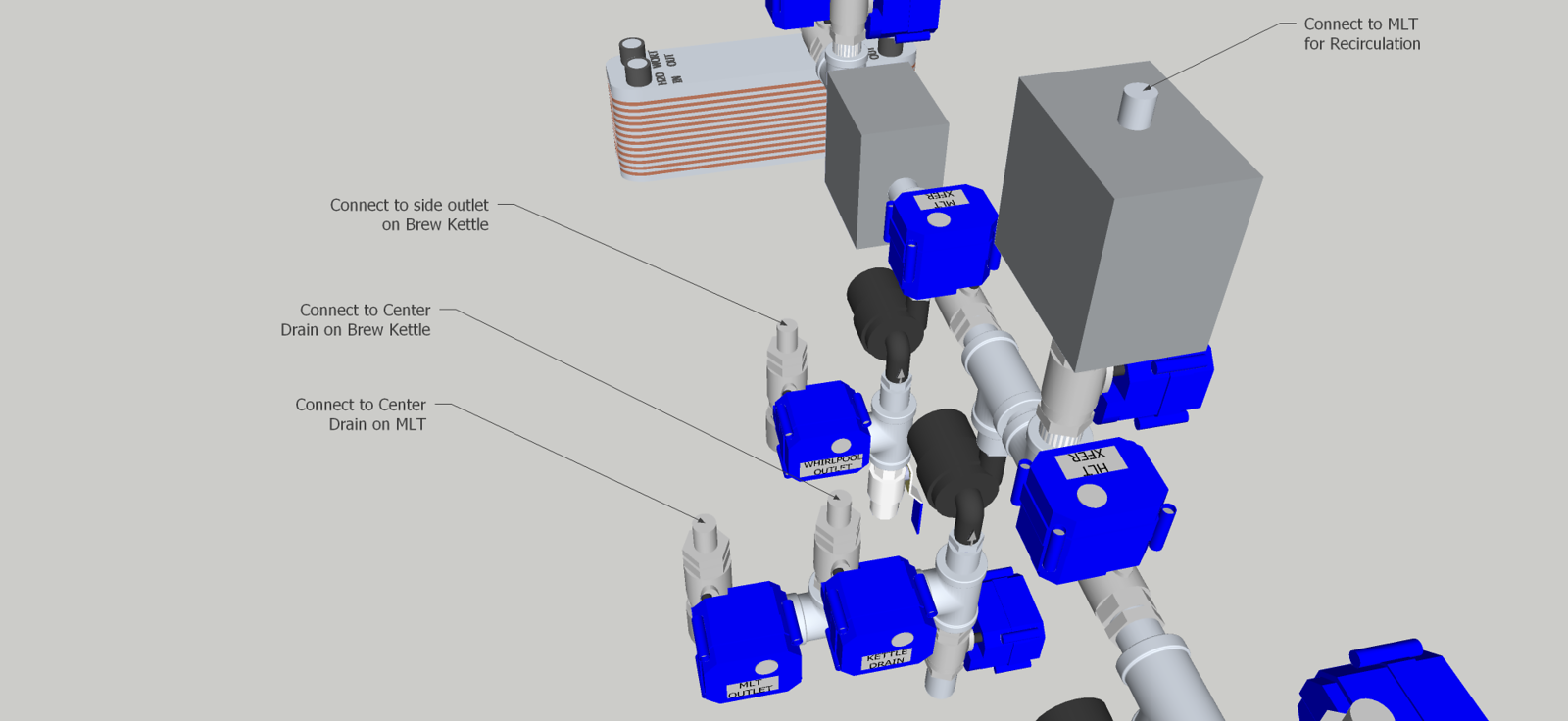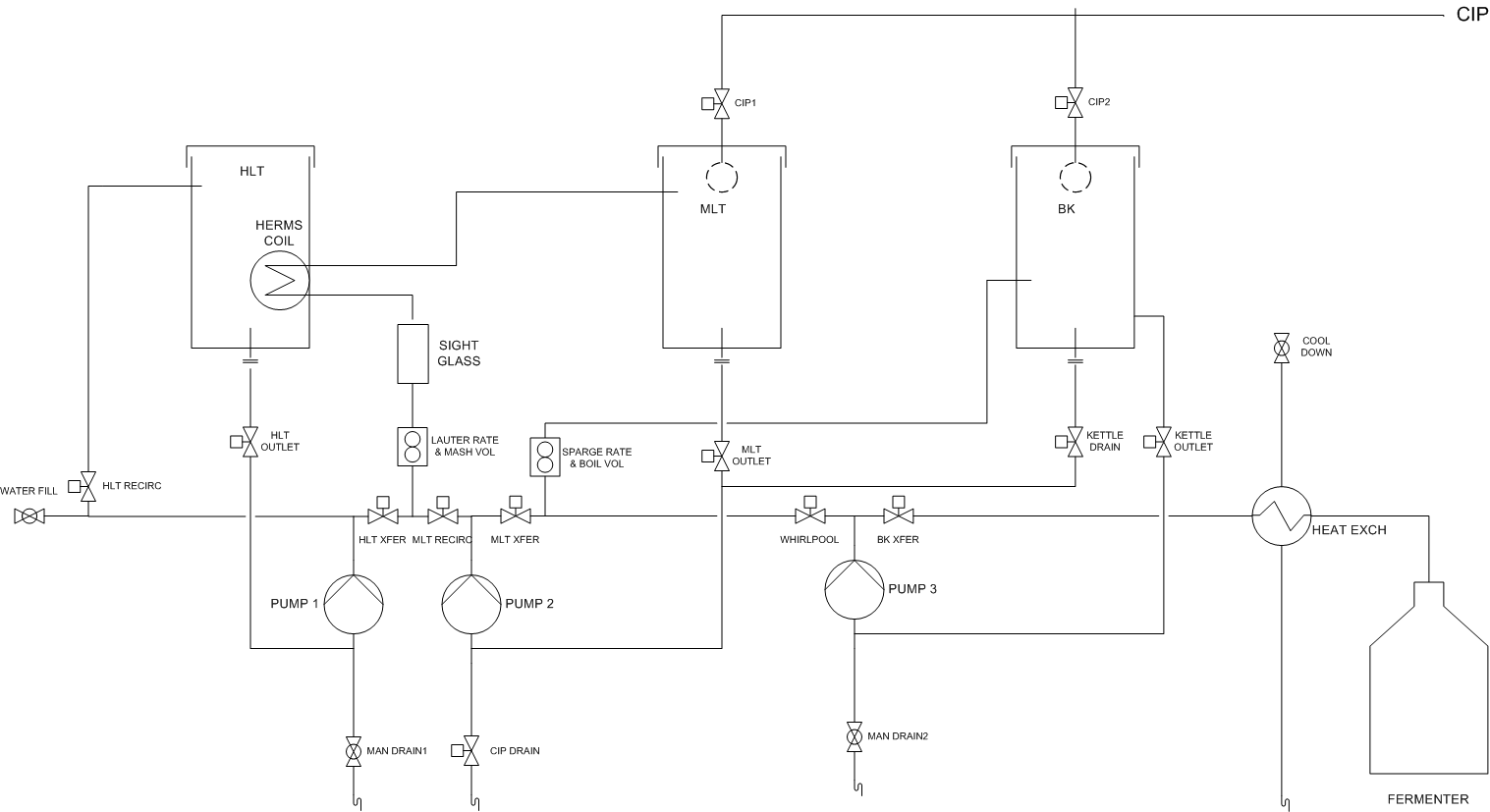yeqmaster
Well-Known Member
Thanks. Is the purpose of the orifices purely for flow restriction to get a good flame? The regulator should drop down to the correct delivery pressure and the orifice basically sets the flow? If this is the case, wouldn't I want one orifice per burner and why would you want an orifice at the propane tank?
Correct me if I am wrong. For my low pressure LP system w/ Honeywell control valves, I will need the following (starting at tank and in direction of flow):
(1) LP Tank
(2) Regulator in the 0-30psi range w/ hose
(3) Secondary regulator to the 11"WC range
(4) Isolation valve
(5) Honeywell VR8200 (1 per branch)
(6) Flow Control Valve (1 per branch)
(7) Orifice Connector (1 per branch)
(8) Burner (1 per branch)
Does this seem right?
Correct me if I am wrong. For my low pressure LP system w/ Honeywell control valves, I will need the following (starting at tank and in direction of flow):
(1) LP Tank
(2) Regulator in the 0-30psi range w/ hose
(3) Secondary regulator to the 11"WC range
(4) Isolation valve
(5) Honeywell VR8200 (1 per branch)
(6) Flow Control Valve (1 per branch)
(7) Orifice Connector (1 per branch)
(8) Burner (1 per branch)
Does this seem right?



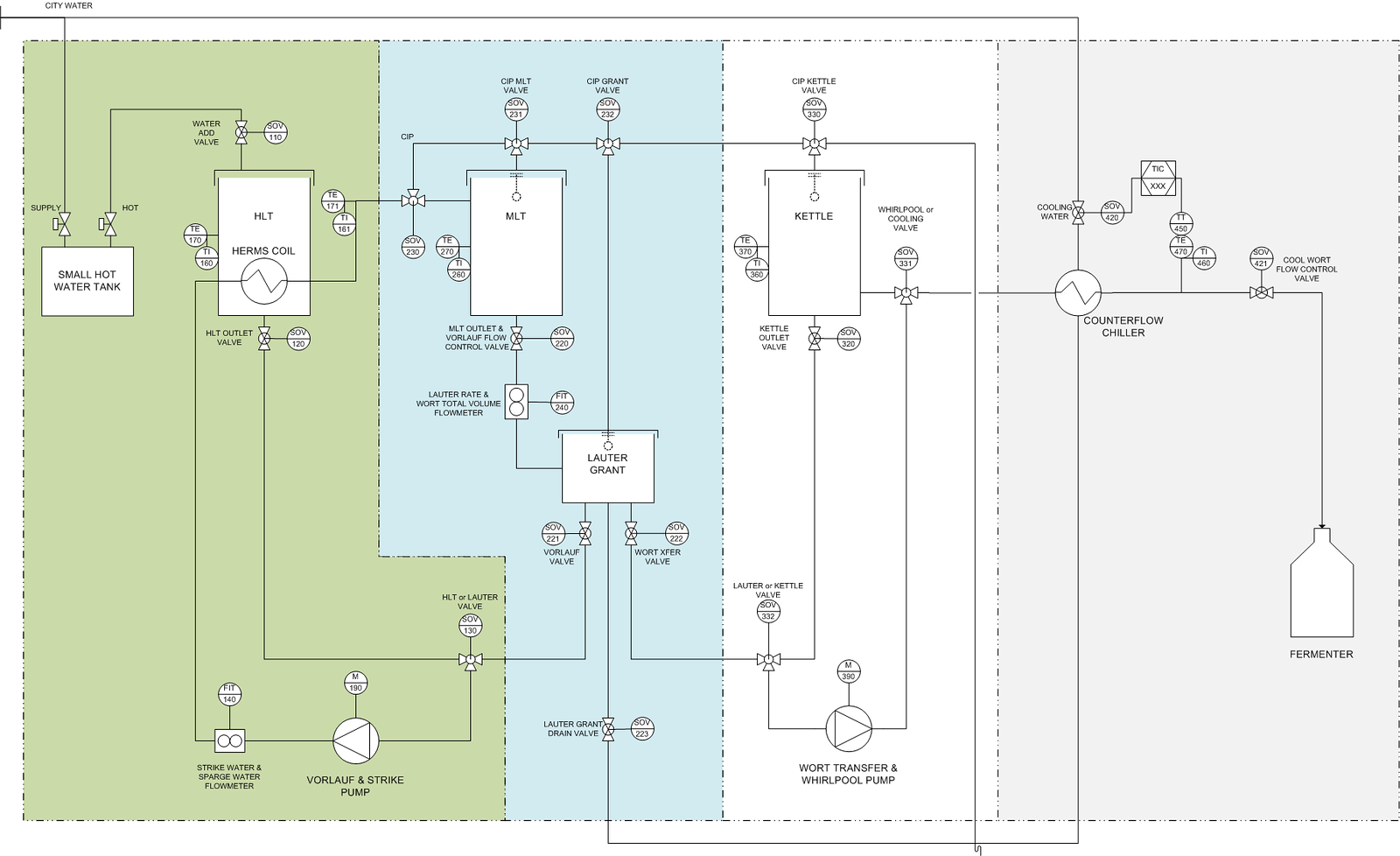
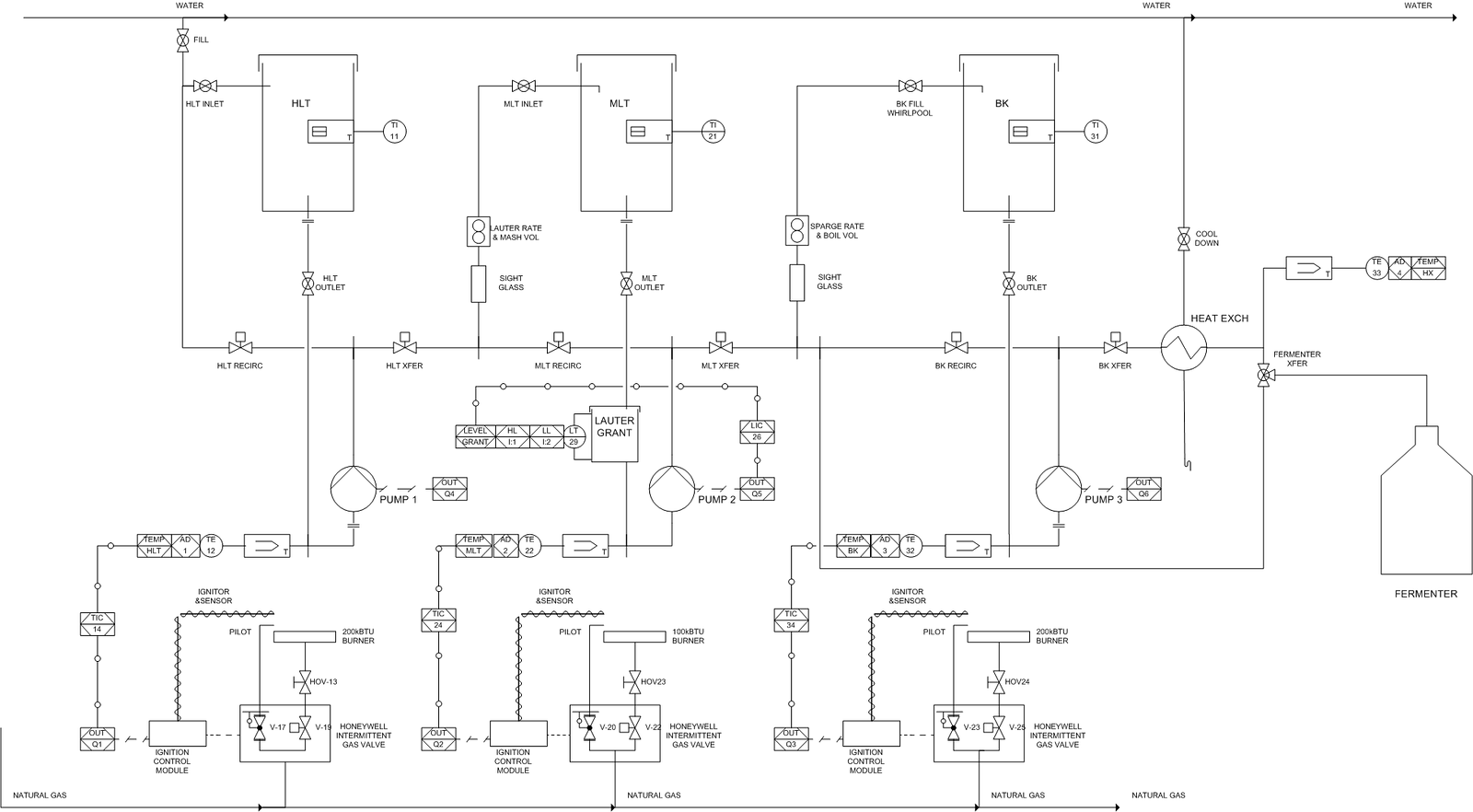






![Craft A Brew - Safale S-04 Dry Yeast - Fermentis - English Ale Dry Yeast - For English and American Ales and Hard Apple Ciders - Ingredients for Home Brewing - Beer Making Supplies - [1 Pack]](https://m.media-amazon.com/images/I/41fVGNh6JfL._SL500_.jpg)
















































